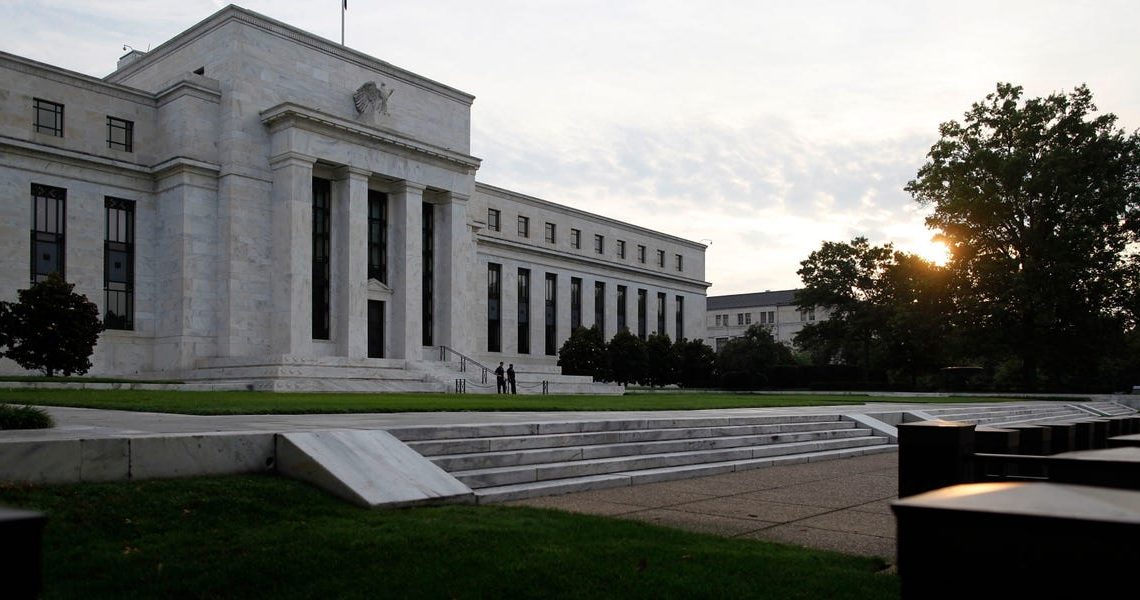- The inverted yield curve is a closely followed recession indicator, but it isn’t the only one to watch.
- Prior inversions have preceded a recession by as much as two years, making it difficult to use as an accurate gauge.
- It’s the re-steepening of the yield curve, or de-inversion, that’s more closely followed by a recession.
Investors love to point to an inverted yield curve as a surefire signal that the economy is about to hit a recession.
That’s because since 1960, every time the 10-year and 2-year US Treasury yield curve inverted, which happens when short-term bonds offer a greater return than long-term bonds, a recession has followed.
Support authors and subscribe to content
This is premium stuff. Subscribe to read the entire article.
Login if you have purchased











